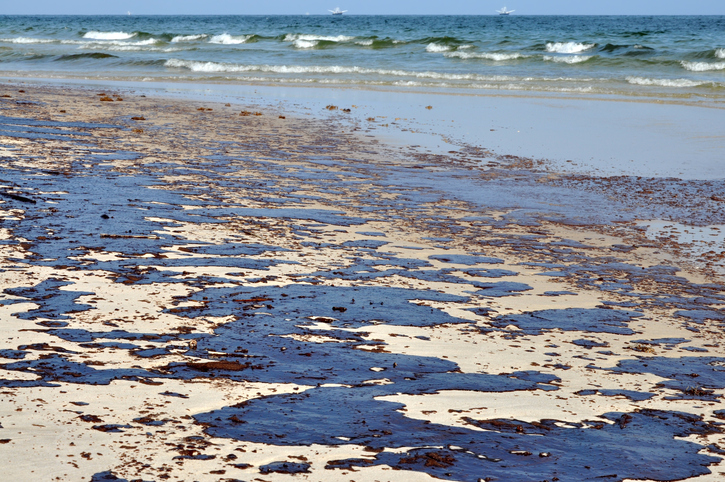
Some workers who helped clean up after the 2010 Deepwater Horizon oil spill in the Gulf of Mexico had an increased chance of experiencing health issues such as coughing, wheezing and eye irritation, according to an ongoing study conducted by scientists at the National Institute of Environmental Health Sciences (NIEHS).
The study was published this month in Environmental Health Perspectives. It focuses specifically on cleanup workers who were potentially exposed to the chemical dispersants used to break down oil slicks.
It found that workers who were not exposed to the dispersants or work near the dispersant areas were less likely to experience symptoms. The study took into account exposure to petroleum products directly related to the spill and scientists were able to isolate the effects of the dispersants.
The Gulf Long-Term Follow-up (GuLF) study only applies to cleanup workers, not the general public. That said, lead research Dale Sandler acknowledged that many of the study subjects do live in the areas potentially affected by dispersant exposure.
The study was begun shortly after the spill, which dominated headlines in the summer of 2010 and was the largest in United States history – 200 million gallons of spilled oil. In addition to 11 deaths attributed to the disaster, thousands of animals were killed across five affected states (Louisiana, Texas, Mississippi and Florida).
BP, the energy company that operated the Deepwater Horizon rig, was levied $4.5 billion in government penalties and fines. In addition, BP voluntarily set aside $43 billion to cover other claims and costs, and was charged with violations of the U.S. Clean Water Act. The company settled at $18.7 billion with the five effected states.
The GuLF study was initiated to determine the potential health risks to workers after two chemical dispersants, Corexit EC9500A and EC9527A, were used on that large a scale for the first time. Earlier, smaller-scale studies of EC9500A performed by the U.S. Environmental Protection Agency revealed that the dispersant compound was “slightly” toxic. The EPA did not examine the toxicity of EC9527A.
Corexit was developed by the predecessor to today’s ExxonMobil, Standard Oil. It has been used in various forms on oil spills since the late 1960s.
For the Deepwter Horizon spill, about 1.8 million gallons of dispersant was applied at the water’s surface and beneath the surface, directly into the oil stream escaping from the damaged well.
Approximately 29,000 cleanup workers were interviewed and provided biological samples for the study. About 10 percent of respondents reported exposure to dispersants. Some of them reported symptoms such as lower back pain, migraines, shortness of breath, throat irritation, burning eyes or nose, chest tightness and other respiratory difficulty during the course of cleanup.
Most had experienced a reduction of symptoms within a year. Some, however, continued to experience the symptoms, according to Sandler.
The study concluded that more consistent use of personal protective equipment (PPE) such as respirators, gas masks, gloves and protective clothing would significantly reduce the exposure to toxic chemicals, thereby limiting the risk of respiratory symptoms.









